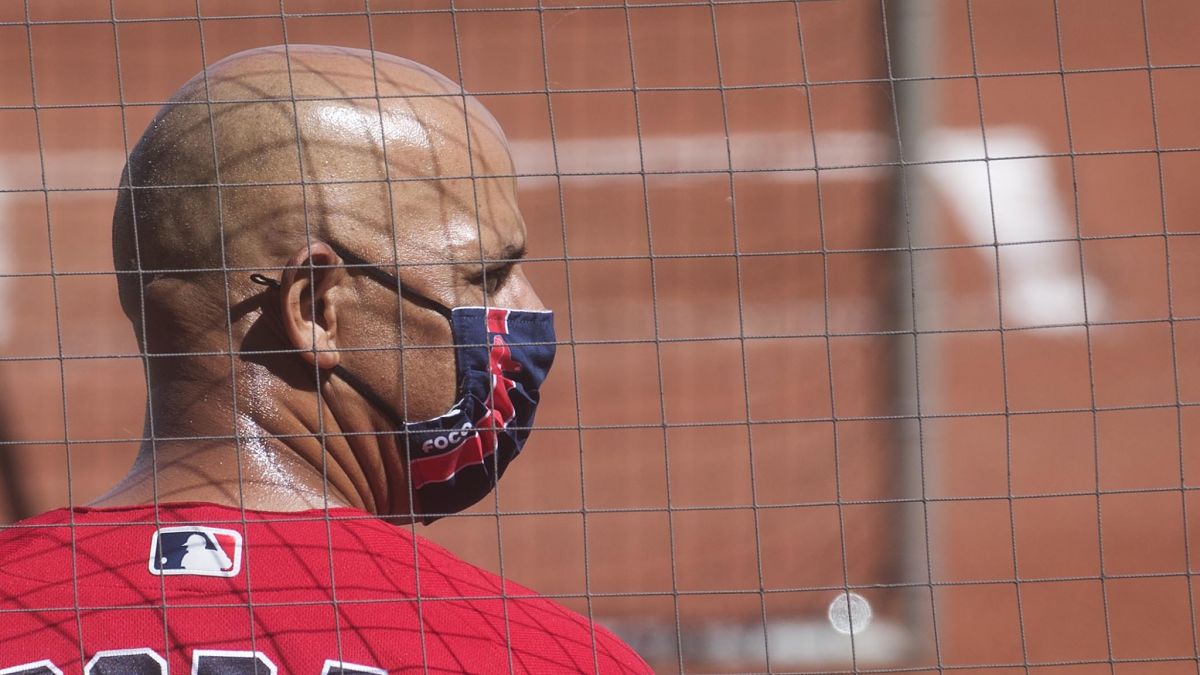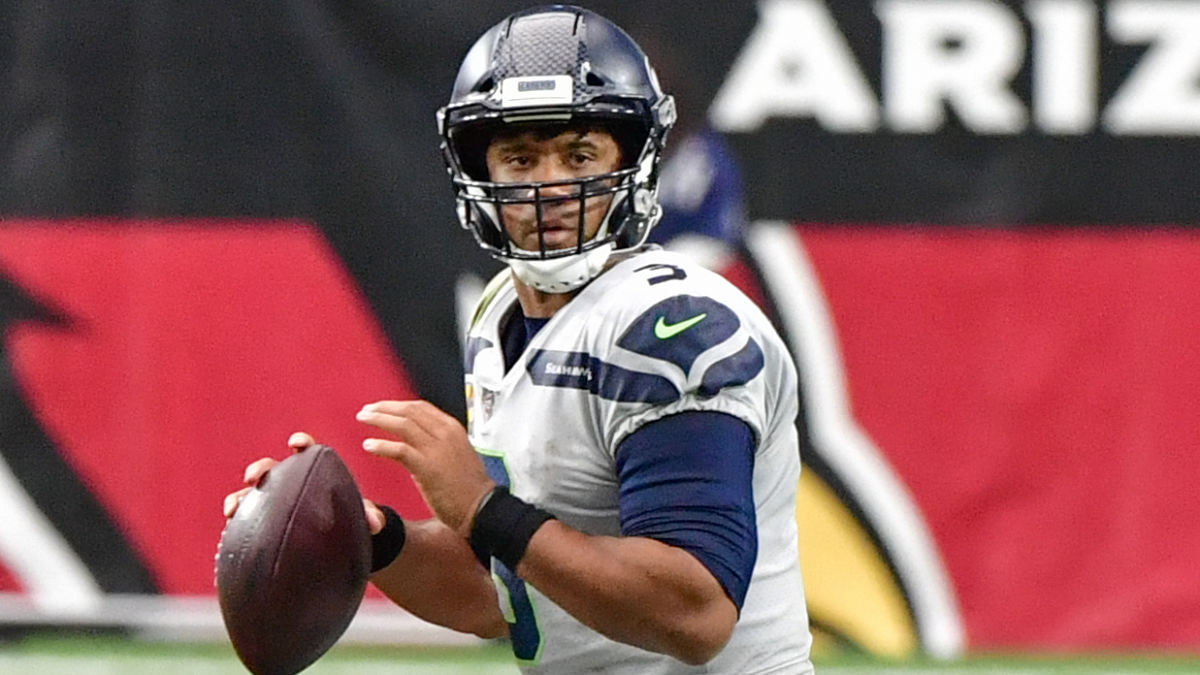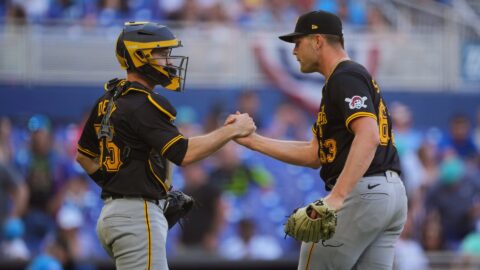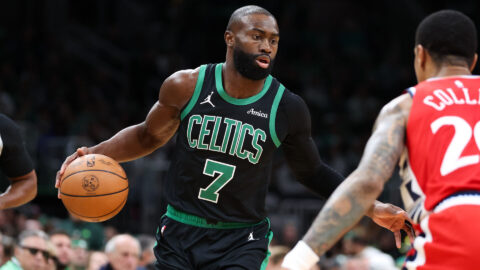As COVID-19 cases drop around Massachusetts and vaccine accessibility increases, TD Garden and other Boston-area sports venues might soon return to some semblance of normalcy.
Gov. Charlie Baker announced Thursday that beginning March 22, professional sports venues in the state would be allowed to start allowing fans back at 12 percent capacity.
Of course, that's predicated on numbers continuing to trend in the right direction, plus the teams getting their plans approved by the state health department.
So, what's that look like?
We crunched the numbers to see what 12 percent is for each venue.
Fenway Park (capacity: 37,755) -- 4,530
TD Garden (Bruins, capacity: 17,850) -- 2,142
TD Garden (Celtics, capacity 19,156): -- 2,298
Gillette Stadium (capacity: 65,878) -- 7,905
As far as the TD Garden goes, this estimate appears to be in line with what Madison Square Garden recently began using as its upper limit. Like TD Garden, MSG in New York is a multi-purpose arena that currently hosts both NHL and NBA games. New York Gov. Andrew Cuomo has allowed 2,000 fans into MSG, which normally holds just shy of 21,000, so Boston and New York appear to jell percentage-wise.
The teams wasted no time reacting to the announcement, with the Patriots issuing an official statement within minutes and TD Garden following suit by outlining its reopening plan for Bruins and Celtics games.
Bear in mind these numbers aren't official because it's unclear what metric the state is using to measure capacity. For example, Celtics games typically can hold more than Bruins games, but since the arena won't be full, can the B's operate using capacity like it was a Celtics game? We're not sure.
Same thing with the Red Sox. Even though the difference largely is negligible, the capacity for a night game is larger than a day game because of the batter's eye tarp they put in the bleachers for day games.
So, there's plenty to be sorted out still. However, this should give you a general idea.





